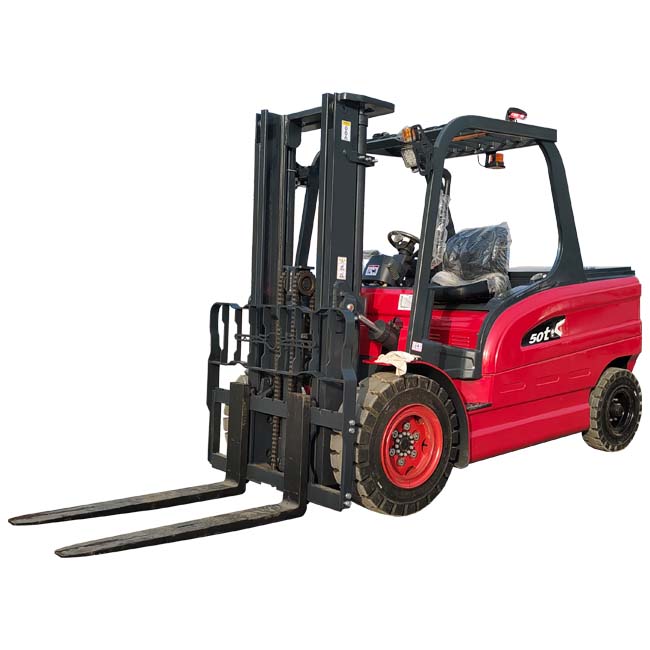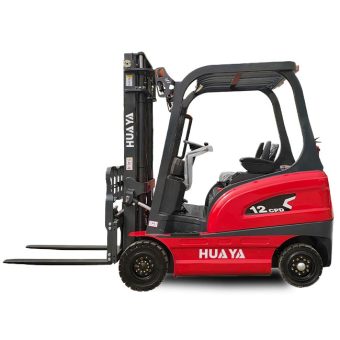
News
In recent years, the shift towards sustainability and environmental consciousness has significantly impacted various industries, including material handling. One notable change is the increasing adoption of electric forklifts. If you're considering making the switch to an electric forklift for your business, one of the crucial factors that come into play is the cost. In this article, we will delve into the various factors that influence the cost of a new electric forklift.

The type and capacity of an electric forklift play a significant role in determining its cost. Forklifts come in various types, including counterbalance, reach trucks, and pallet jacks, each designed for specific applications. The capacity of the forklift, measured in pounds or kilograms, also affects the overall cost. Generally, higher-capacity forklifts have a higher price tag due to the increased materials and engineering required to support heavier loads.
The heart of any electric forklift is its battery. The type of battery used can greatly influence the cost. Lithium-ion batteries, while more expensive upfront, offer longer life and faster charging times compared to traditional lead-acid batteries. The initial investment in a forklift with a lithium-ion battery may be higher, but the reduced maintenance costs and longer lifespan can result in overall cost savings over time.
The brand and manufacturer of the electric forklift are also key determinants of its cost. Well-established brands with a reputation for quality and durability may come with a higher price tag, but the investment often pays off in terms of reliability and longevity. It's important to consider the track record of a manufacturer and read reviews to ensure that you are making a wise investment.
Modern electric forklifts often come equipped with advanced features and technology designed to enhance efficiency and safety. These may include integrated telematics, camera systems, and automation capabilities. While these features can improve overall operations, they can also contribute to a higher upfront cost. Consider your specific business needs and whether these additional features justify the investment.
When evaluating the cost of a new electric forklift, it's crucial to consider not only the upfront purchase price but also the long-term maintenance and operating costs. Electric forklifts generally have lower maintenance costs compared to their internal combustion counterparts. Understanding the total cost of ownership over the lifespan of the forklift will provide a more accurate picture of its affordability.
Many governments and local authorities offer incentives and rebates to encourage businesses to adopt environmentally friendly practices, including the use of electric forklifts. Researching and taking advantage of these incentives can significantly offset the initial cost of a new electric forklift, making it a more attractive option for businesses looking to invest in sustainable practices.
Like any other product, the cost of electric forklifts can be influenced by market conditions. Supply and demand, economic factors, and global events can impact pricing. Keeping an eye on market trends and potential fluctuations can help businesses make informed decisions about the timing of their electric forklift purchases.
In conclusion, the cost of a new electric forklift is influenced by a combination of factors, including the type and capacity of the forklift, the battery technology, the brand and manufacturer, additional features, maintenance and operating costs, government incentives, and market conditions. It's essential for businesses to carefully assess their specific needs and budget constraints to make an informed decision that aligns with their long-term goals for sustainability and efficiency.



